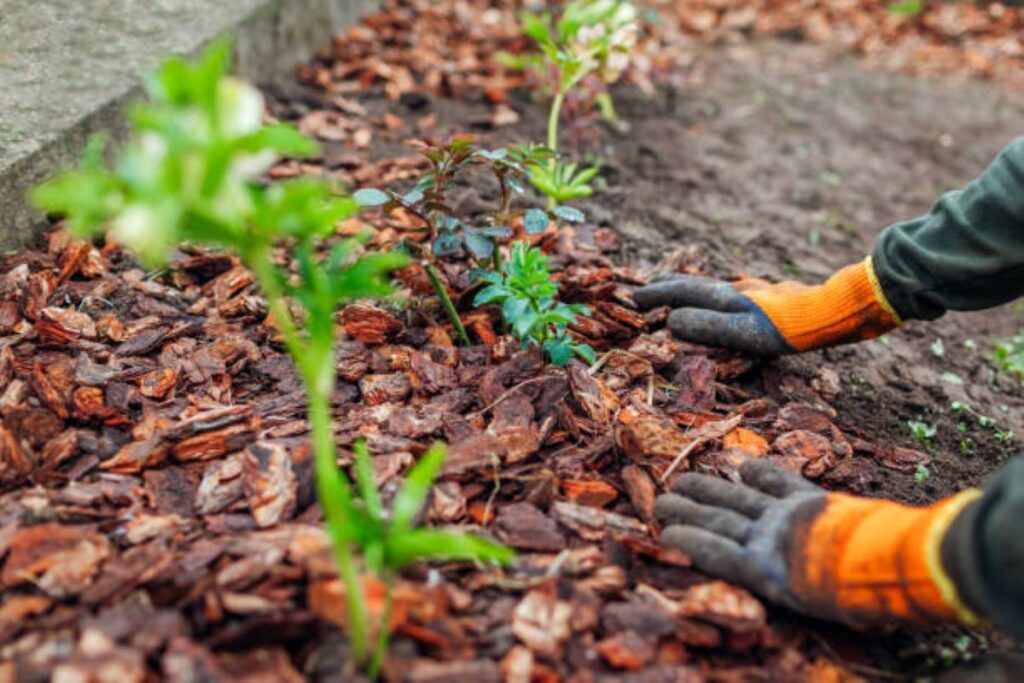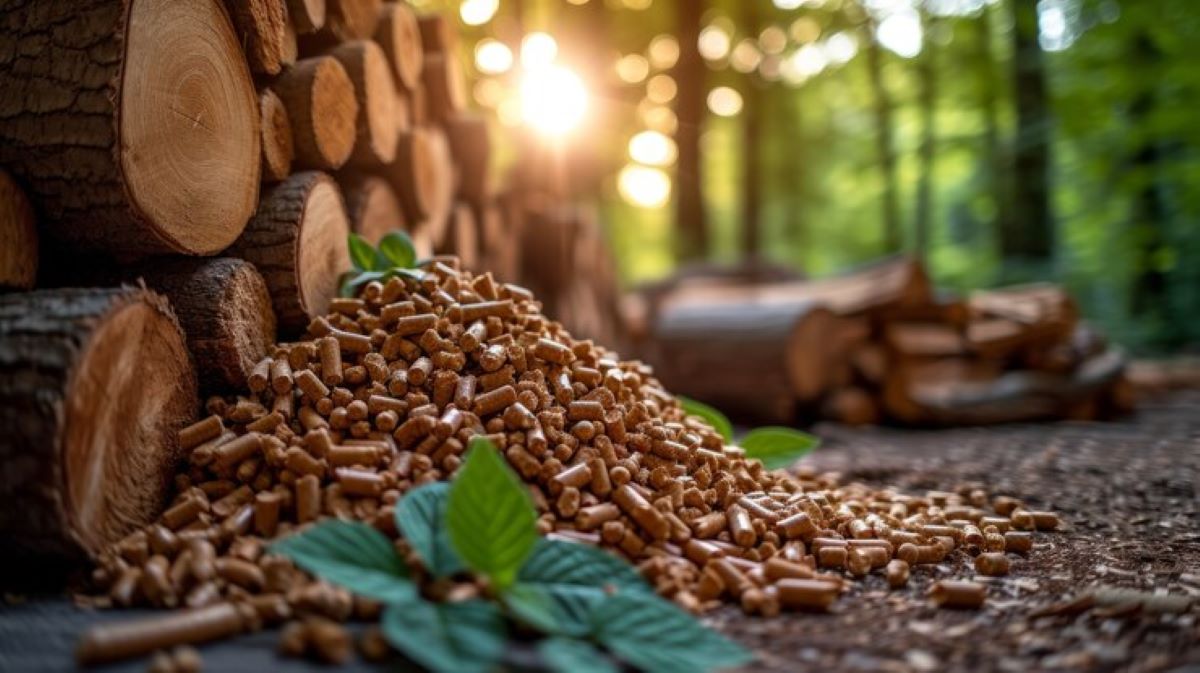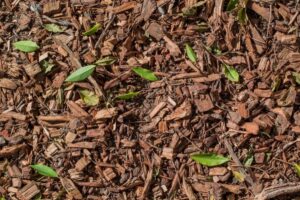Understanding Garden Bark
Garden bark is a popular material used in landscaping and gardening, primarily derived from the outer layer of trees. It serves multiple purposes that enhance both the health of plants and the aesthetic appeal of gardens. Understanding what garden bark is and the different types available can help you make informed choices in your gardening endeavors.
What is Garden Bark?
Garden bark, also known as mulch or wood chips, consists of shredded or chipped tree bark. It is an organic material that breaks down over time, enriching the soil with nutrients as it decomposes. This natural process also contributes to the overall sustainability of your garden, making garden bark a favored choice among eco-conscious gardeners.
Aside from its nutritional benefits, garden bark acts as a protective layer for your garden beds and plants. It helps to maintain moisture, regulate temperature, and suppress weeds, making it an essential component for healthy plant growth. Additionally, the use of garden bark can improve soil structure, promoting better drainage and aeration, which are crucial for root health. By creating a favorable microclimate, garden bark not only nurtures your plants but also encourages beneficial organisms like earthworms and microorganisms that contribute to a thriving ecosystem.
Different Types of Garden Bark
There are several types of garden bark available, each with distinct characteristics suited for different gardening needs. Popular options include:
- Pine Bark: Great for acidic-loving plants, this type of bark breaks down slowly and lasts longer.
- Cedar Bark: Naturally resistant to pests and decay, cedar bark adds a pleasant aroma to gardens.
- Hardwood Bark: A mix of various hardwoods, this type provides a rich, dark color that enhances garden aesthetics.
- Redwood Bark: Known for its vibrant color and resilience, redwood bark is often favored for decorative purposes.
Choosing the right type of garden bark involves understanding the specific needs of your plants and the overall design of your garden. For instance, if you have a flower bed that thrives in acidic conditions, pine bark would be an excellent choice, while cedar bark could be ideal for areas prone to pests. Furthermore, the visual appeal of different barks can complement your garden’s style; for example, the deep hues of hardwood bark can provide a striking contrast against bright blooms, while the warm tones of redwood bark can create a cozy, inviting atmosphere. It’s also worth considering the source of your garden bark, as sustainably harvested products can further enhance the eco-friendliness of your gardening practices.
The Importance of Garden Bark
Garden bark plays a pivotal role in promoting soil health and supporting the growth of plants. Its many benefits make it an indispensable element in a well-maintained garden.
Role of Garden Bark in Soil Health
One of the fundamental roles of garden bark is its contribution to soil health. As it breaks down, garden bark adds organic matter to the soil, enhancing nutrient availability and supporting beneficial microbial activity. This leads to improved soil structure, increased water retention, and a healthier ecosystem.
Moreover, garden bark protects the soil from erosion and compaction while maintaining temperature consistency. This protective barrier allows for a stable environment where plants can thrive throughout the seasons. The decomposition process of garden bark not only enriches the soil but also attracts earthworms and other beneficial organisms that aerate the soil, further enhancing its structure and fertility. Over time, this natural amendment can significantly reduce the need for chemical fertilizers, promoting a more sustainable gardening practice.

Garden Bark and Plant Growth
Using garden bark effectively encourages robust plant growth. By providing insulation against temperature extremes, it helps to create an optimal environment for roots to grow. This insulation also minimizes the risk of frost damage during colder months.
Additionally, consistent moisture levels maintained by garden bark are crucial for preventing plant stress. With adequate moisture, plants can flourish, resulting in vibrant colors and abundant blooms in your garden. Furthermore, garden bark acts as a natural weed suppressant, reducing competition for nutrients and water. This allows your plants to focus their energy on growth and flowering rather than struggling against invasive weeds. The aesthetic appeal of garden bark, with its rich textures and earthy tones, also enhances the visual landscape of your garden, creating a harmonious blend with the surrounding flora.
Benefits of Using Garden Bark
The advantages of incorporating garden bark into your landscaping practices are numerous. From practical benefits to aesthetic improvements, garden bark is a valuable asset for any gardener.
Moisture Retention and Garden Bark
One of the most appreciated benefits of garden bark is its ability to retain moisture. When applied correctly, it acts as a sponge, absorbing rain and irrigation water, then gradually releasing it to the surrounding soil. This conserves water and ensures that plants are adequately hydrated between watering sessions.
By keeping the soil moist, garden bark reduces the frequency required for irrigation, saving you time and water resources. This is especially important in areas prone to drought or hot, dry climates.
Weed Control with Garden Bark
Another significant advantage of garden bark is its effectiveness in controlling weeds. A thick layer of mulch blocks sunlight from reaching weed seeds, preventing them from germinating and growing. This not only reduces competition for nutrients and water but also minimizes the need for chemical herbicides.
Moreover, the natural decay of garden bark can contribute nutrients back into the soil, creating a cycle that supports plant growth without the drawbacks of synthetic options.
Enhancing Garden Aesthetics with Bark
Aesthetically, garden bark adds texture and richness to your landscape. It comes in various colors and sizes, allowing you to create visually appealing combinations that accompany your plants beautifully.
A well-mulched garden gives a neat finish, creating a polished look that improves the overall enjoyment of your outdoor space. Whether your style is rustic or contemporary, garden bark can complement your design approach.
How to Choose the Right Garden Bark
Selecting the proper garden bark involves considering various factors to ensure your choice aligns with your gardening goals and plant types.
Factors to Consider When Buying Garden Bark
Several key factors should guide your decision-making process when purchasing garden bark:
- Type of Plants: Different plant species have varying needs for soil acidity and moisture. It’s crucial to choose a bark type that fits the specific requirements of your plants.
- Decomposition Rate: Consider how quickly you want the bark to break down. Some bark types, like pine, break down slowly, while others, like cedar, decompose faster.
- Aesthetic Preference: Choose a color and texture that harmonizes with your garden design and surrounding landscaping.
Matching Garden Bark to Your Plant Types
To maximize the benefits of garden bark, match it appropriately to the types of plants you’re cultivating. For instance, if you’re growing acid-loving plants like blueberries or azaleas, pine bark would be an excellent choice. Conversely, if you’re fostering native plants adapted to your local soil type, consider a neutral or hardwood bark.
Your selection should reflect the needs of your plants while enhancing the overall health and beauty of your garden.

Best Practices for Using Garden Bark
To truly reap the benefits of garden bark, it’s essential to apply and maintain it correctly. Following best practices can make a significant difference in the results you achieve. Want to get about Forest Mulch vs. Traditional Mulch: Which One is Right for You? https://browardconcreteservices.com/forest-mulch-vs-traditional-mulch-which-one-is-right-for-you/
Proper Application of Garden Bark
When applying garden bark, aim for a layer of 2 to 4 inches thick. This depth will effectively suppress weeds while allowing water and nutrients to penetrate the soil. Be cautious not to pile bark against the stems or trunks of plants, as this can lead to rot and pest issues.
Additionally, consider refreshing the layer of bark every year or two, as it will decompose and become less effective over time.
Maintenance and Replacement of Garden Bark
Regular maintenance of your garden bark layer is vital for optimal performance. Check periodically for signs of decomposition or sinking, and add more bark as necessary to maintain the correct depth.
If your garden bark becomes compacted or shows signs of mold, it’s a good idea to replace it with fresh material. By staying proactive, you can ensure that your garden remains healthy and vibrant throughout the seasons.


